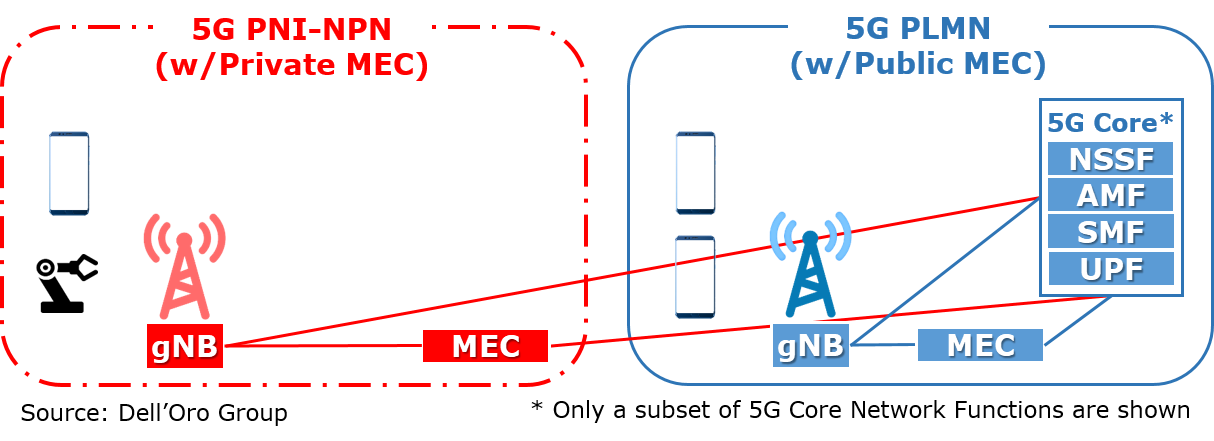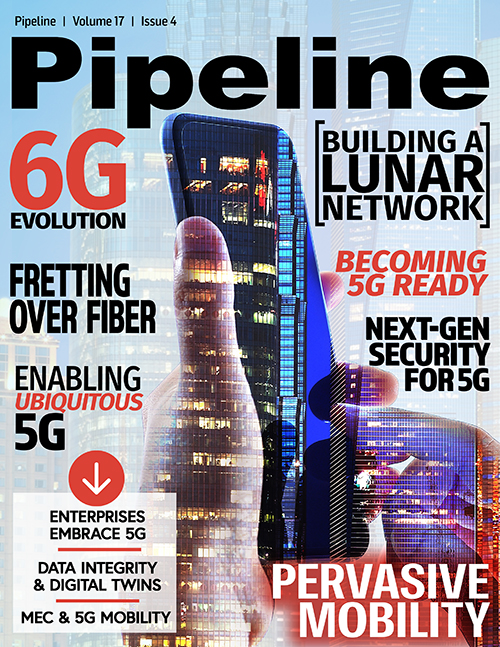Powering Pervasive Mobility with MEC

Figure 2: 5G PNI-NPN (w/Public MEC) Network Architecture
5G PNI-NPN (w/Public MEC) is the quickest option to implement because no additional infrastructure needs to be added to get an enterprise up and running. The logical private network created by network slices affords the enterprise partial data sovereignty. The 5G SP retains full network control in this scenario (Figure 3). The 5G PLMN (w/Public MEC) can attract both B2B and B2C business (for example, cloud gaming) to gain a quicker return on investment in the Public MEC network. The network slice feature from the PLMN creates a virtual private network that differentiates the SLAs for each type of enterprise.

Figure 3: 5G PNI-NPN (w/Public MEC) Network Characteristics
PNI-NPN (w/Private MEC)
5G PNI-NPN (w/Private MEC) is hosted by a PLMN with on-premises MEC for private use by an enterprise. This configuration provides the most flexible architecture for 5G SPs to meet the needs of industry with on-premises requirements for data sovereignty (Figure 4).

Figure 4: 5G PNI-NPN (w/Private MEC) Network Architecture
This configuration takes a little longer to deliver, requiring the addition of an on-premises Private MEC and RAN infrastructure on the enterprise campus. The 5G RAN can run on the 5G PLMN’s public spectrum, run on the enterprise’s private spectrum, or utilize unlicensed spectrum (Figure 5).

Figure 5: PNI-NPN (w/Private MEC) Network Characteristics
With the addition of a Private MEC on-premises, the enterprise receives the lowest latency possible and has data sovereignty (localized-traffic data that is isolated from the PLMN). The 5G SP still retains the operational control of the network but may have limited access to on-premises equipment, depending on the arrangement with the enterprise. Additional SLAs can be added with network slices from the 5G SP.



















